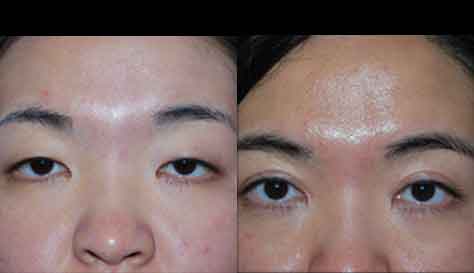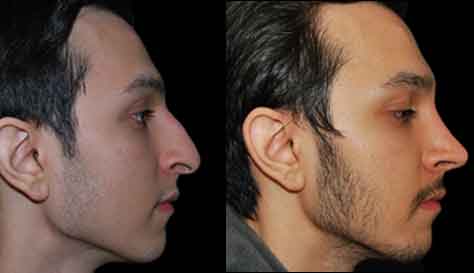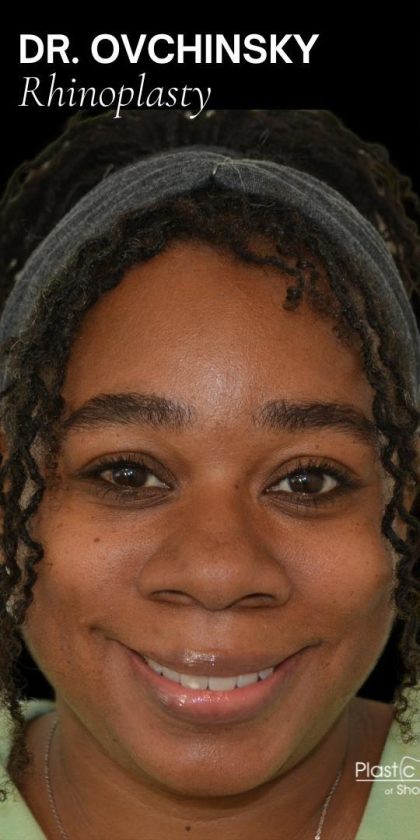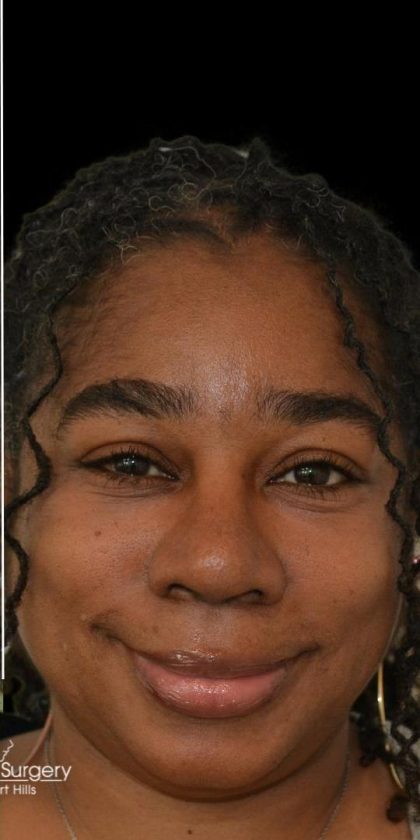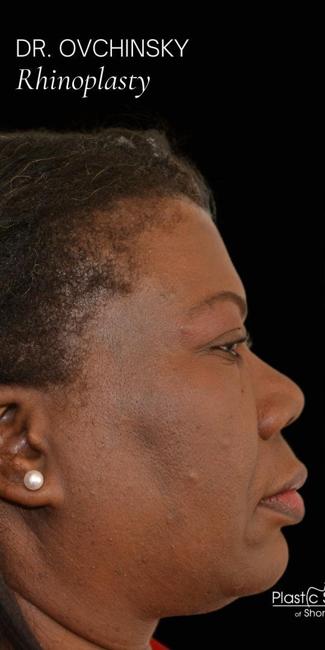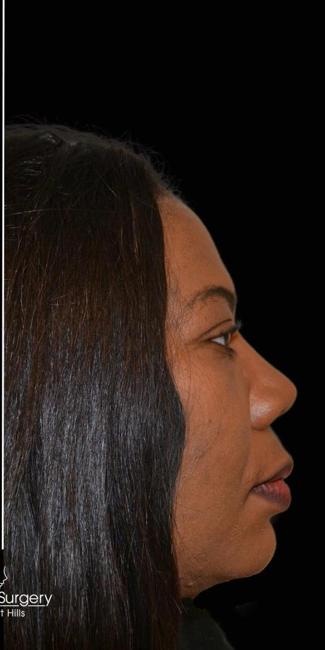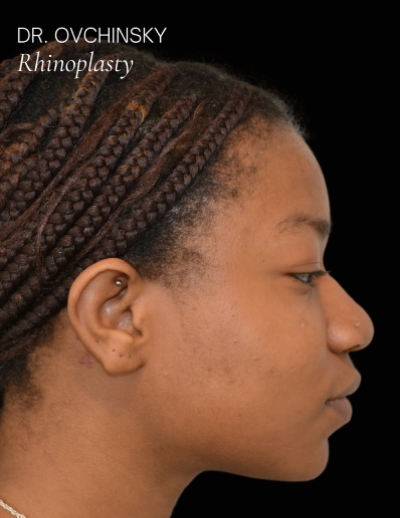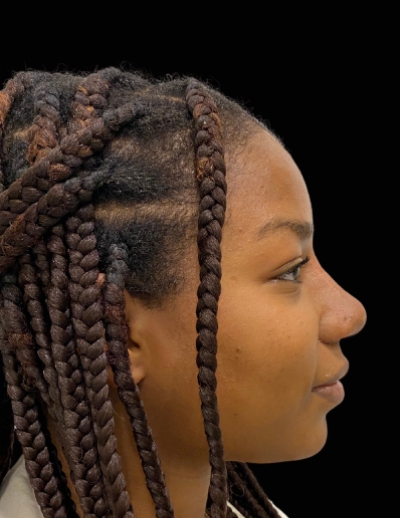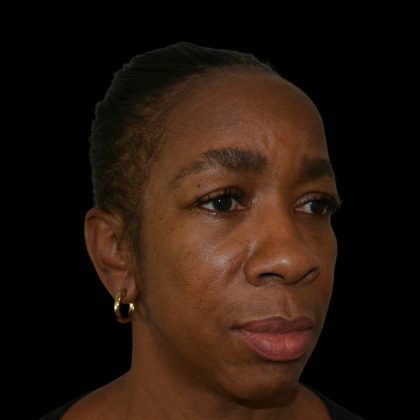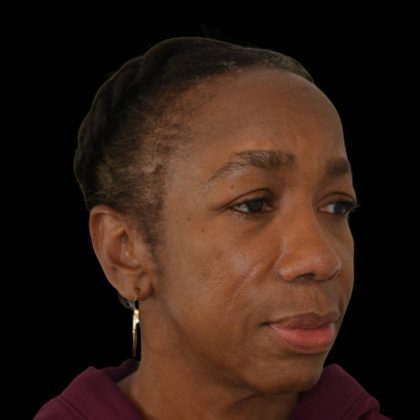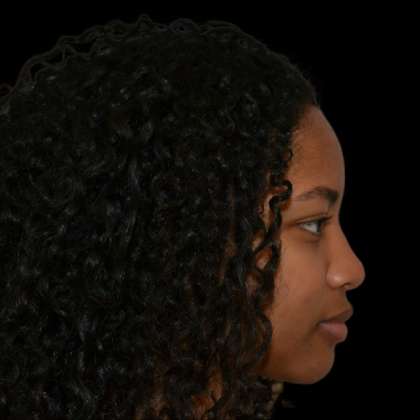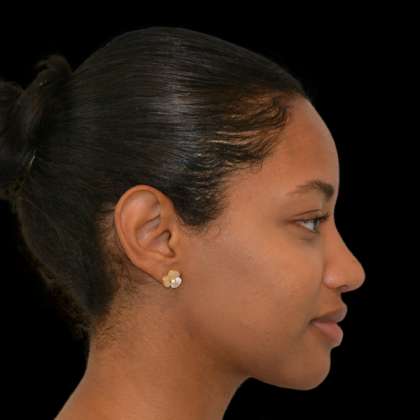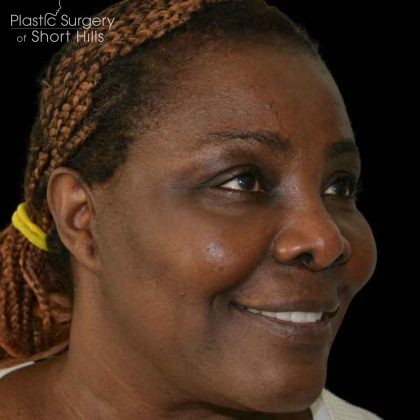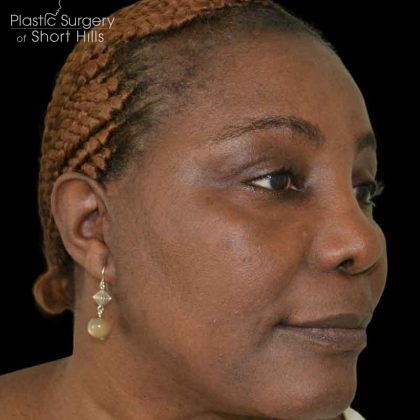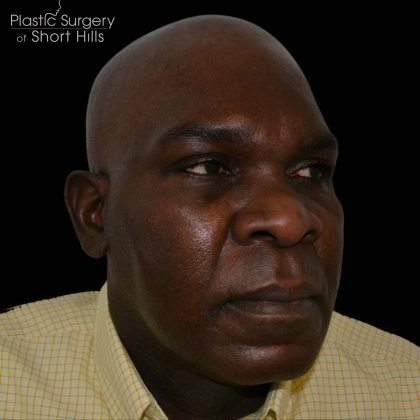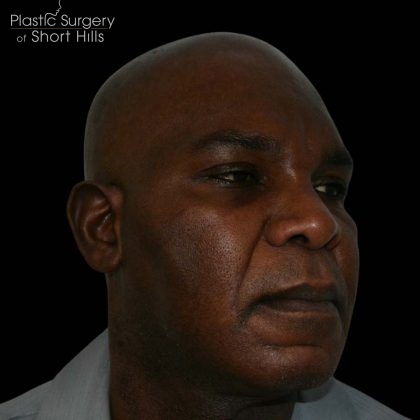African American Rhinoplasty
Conveniently located to serve the areas of New Jersey and New York
Dr. Ovchinsky is a nationally recognized expert in Rhinoplasty. For more information about this procedure please view our Rhinoplasty page.
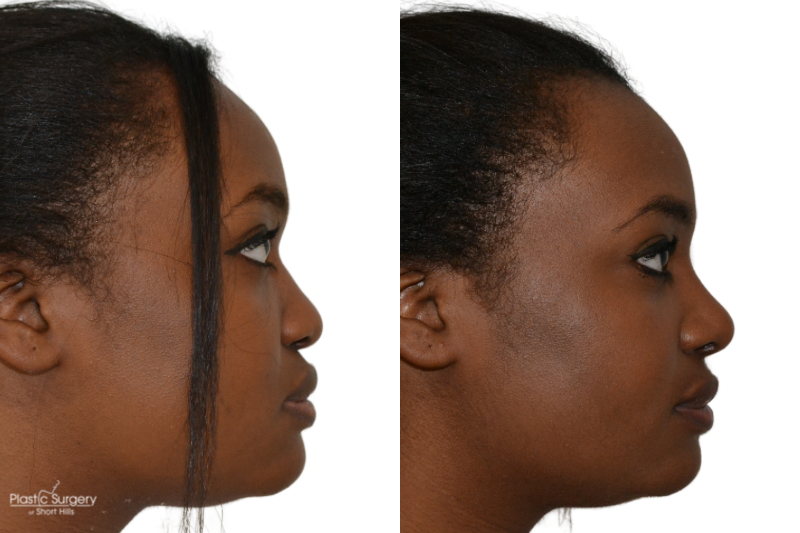
African American rhinoplasty is a specialized surgical procedure aimed at reshaping and improving the appearance of the nose in individuals of African American descent. Also known as ethnic rhinoplasty, this procedure takes into account the unique anatomical features of the African American nose while maintaining individual ethnic characteristics.
At Plastic Surgery of Short Hills, under the expert guidance of Dr. Alexander Ovchinsky, we understand that each patient’s facial features are unique and require personalized attention. With extensive experience and expertise in African American rhinoplasty, Dr. Ovchinsky tailors each surgery to ensure natural-looking results that enhance your overall appearance.
If you are considering African American rhinoplasty, we invite you to call our practice at (973) 379-0101, or our Brooklyn location at (718) 646-1234 for further information or to schedule a personal consultation with Dr. Ovchinsky.
About African American Rhinoplasty
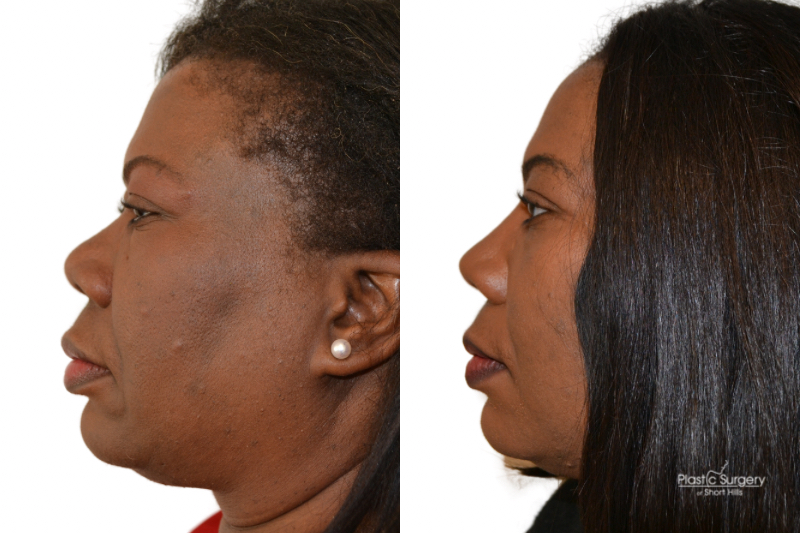
Rhinoplasty is one of the most popular aesthetic surgeries in the world. (1) Unlike traditional rhinoplasty, which often aims for a more Westernized or Caucasian nose shape, African American rhinoplasty respects and enhances ethnic characteristics while addressing specific aesthetic concerns.
Most African American noses have certain common anatomic elements which require special expertise. These include: (2)
- Thick nasal skin
- Weak nasal cartilages
- Short and low-set nasal bones
- Bulbous nasal tip
- Alar flaring and widened nasal base
- Short nasal septum (internal nasal structure) and large nasal turbinates
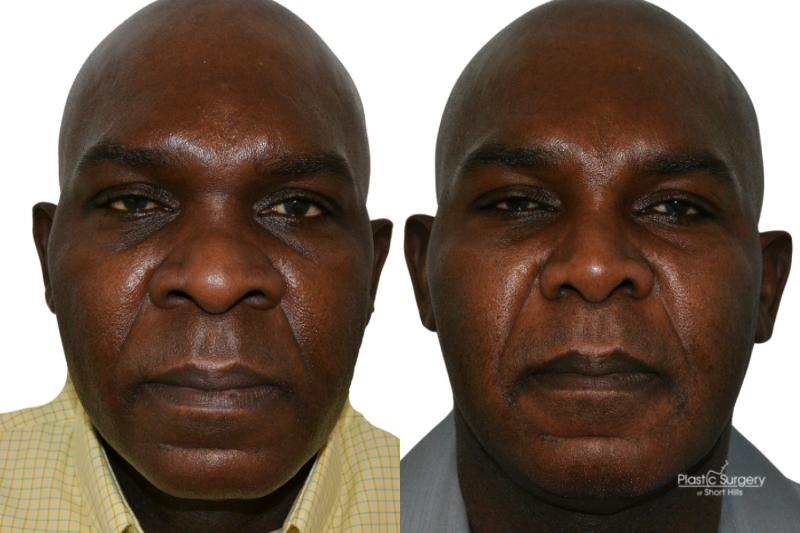
While these unique anatomic features are not uncommon to rhinoplasty patients of other ethnicities, the specific variations in nasal anatomy in African American patients discussed above commonly dictate a totally different surgical approach to achieve desired results. For example:
- If the nasal bones are really short and shallow, trying to “squeeze” them together may not only fail to improve the definition of the nasal bridge but sometimes may lead to bridge collapse and saddle deformity. Therefore, the correct approach to this type of nasal dorsum is the placement of an onlay graft (cartilage from nasal septum or rib, and sometimes nasal dorsal implant).
- A combination of thick nasal skin and very thin and weak tip cartilages usually does not allow for the improvement of tip definition by a mere reshaping of the native tip cartilages (a common method for the improvement of tip definition in Caucasian patients). Since the cartilages are very weak and flimsy, they simply don’t hold the desired shape when modified by sutures only. Moreover, thick nasal tip skin unfortunately hides most of the refinements. Thus, in order to successfully define the tip, its structure usually needs to be reinforced by additional cartilage grafts (such as various tip or shield grafts) and tip skin may need to be slightly thinned out on the undersurface.
- Having a short nasal septum with short septal cartilages requires a rhinoplasty surgeon to be prepared to look for other sources of cartilage (such as rib or ear cartilage) as septal cartilage may not be sufficient enough.
- Large nasal turbinates may need to be surgically reduced as they may become more swollen as a result of the surgery causing difficulty breathing.
- One should always keep in mind a higher tendency of keloid (thick scar) formation in African American patients, especially when planning for alar base reduction which necessitates additional external incisions.
Benefits of African American Rhinoplasty
- Enhanced Facial Harmony: This procedure can restore balance and proportion to the face, improving the overall aesthetics of the facial features.
- Preservation of Ethnic Characteristics: African American rhinoplasty is designed to maintain and enhance the unique ethnic characteristics of each patient, making it possible to achieve desired changes while still looking distinctly African American.
- Improved Nasal Symmetry: The surgery can correct nasal asymmetry, creating a more symmetrical and pleasing appearance.
- Increased Self-Confidence: Aesthetically pleasing results from African American rhinoplasty can boost self-confidence and improve overall well-being.
- Customized Results: Dr. Ovchinsky’s expertise allows him to tailor the procedure to individual patients, ensuring that each individual achieves their desired outcome.
- Long-Lasting Results: Properly performed African American rhinoplasty can result in long-lasting improvements, helping patients enjoy their enhanced appearance for years to come.
- Expert Surgeon: When choosing Plastic Surgery of Short Hills for African American Rhinoplasty, patients will receive personalized care from Dr. Ovchinsky, a highly skilled and experienced plastic surgeon who specializes in facial cosmetic procedures.
Why Choose Dr. Ovchinsky for Your Rhinoplasty?
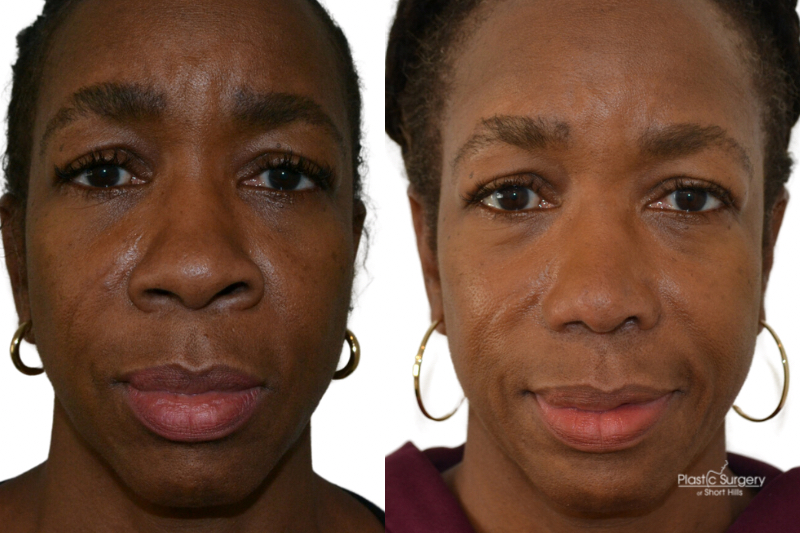
Taking into consideration the unique features of African American noses, one should be careful when selecting a rhinoplasty surgeon. It is of paramount importance that a prospective surgeon understands all the intricacies of African American rhinoplasty and has had extensive experience in ethnic rhinoplasty to achieve great results.
Needless to say, many African American patients seek to improve the appearance of their noses without erasing their ethnic heritage and identity. It takes skill and sensitivity to achieve a cosmetic result that beautifies the face while respecting and preserving ethnicity. Dr. Ovchinsky has a very busy ethnic rhinoplasty practice in New Jersey and New York. We would be delighted to see you at a consultation in our office and to have an opportunity to create the nose you have always dreamed of!
Candidates
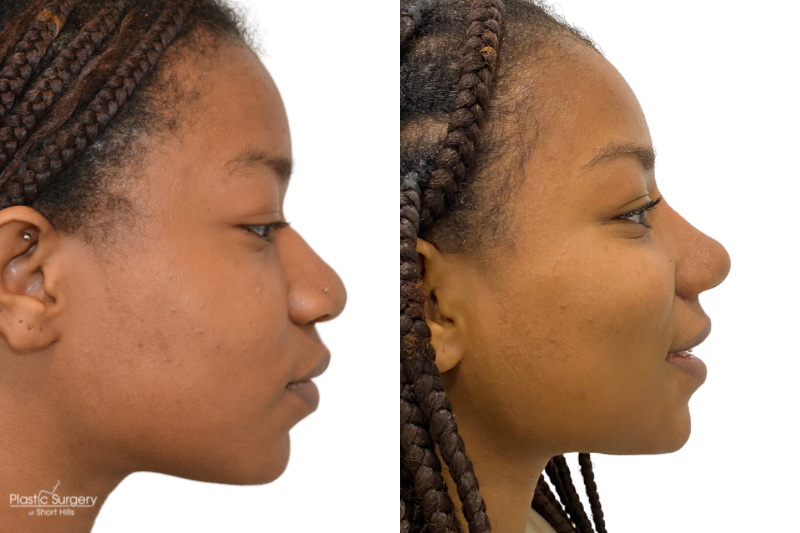
Many African American patients interested in rhinoplasty are looking to gain the following changes to the nasal shape from surgery:
- Narrow and raise the nasal bridge and improve its definition
- Improve definition and decrease the width of the nasal tip
- Reduce alar flaring and nasal base
During the personal consultation, Dr. Ovchinsky will evaluate your medical history, conduct a thorough examination, and discuss your goals and expectations. This will ensure that you are a suitable candidate for the procedure and that your desired outcome can be realistically achieved.
Personal Consultation
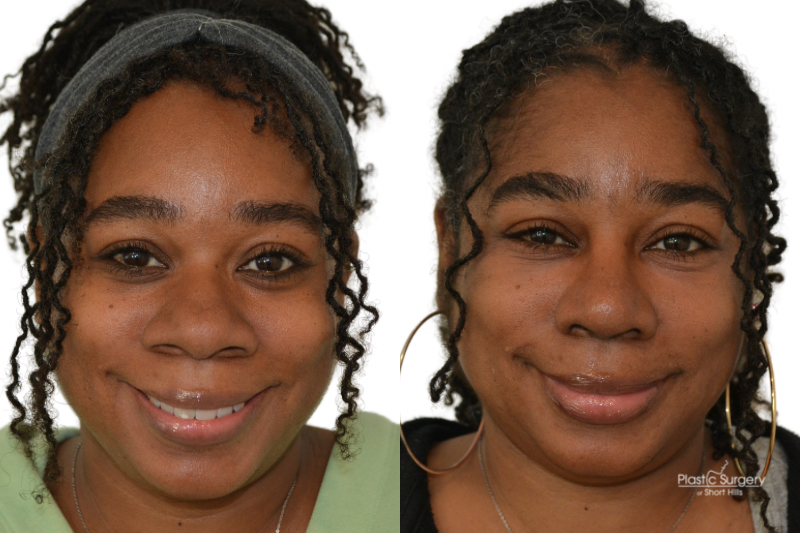
At a personal consultation in Short Hills or Brooklyn, Dr. Ovchinsky takes the time to educate patients about the procedure, explaining each step in detail and answering any questions or concerns that may arise. Additionally, advanced imaging software may be used during the consultation to provide a visual representation of potential surgical outcomes. This allows patients to have a clear understanding of what to expect after African American Rhinoplasty.
To schedule a personal consultation with Dr. Ovchinsky at our Short Hills, NJ practice, please call (973) 379-0101. For our Brooklyn location, please call (718) 646-1234. Book your appointment today and take the first step toward achieving your aesthetic goals.
Preparation
Before undergoing rhinoplasty, there are certain steps to take to ensure the best possible results and minimize potential risks. Before surgery, Dr. Ovchinsky will provide you with detailed preoperative instructions tailored to your specific needs. These instructions may include:
- Avoiding blood-thinning medications and supplements that can increase the risk of bleeding.
- Discontinuing smoking in the weeks leading up to surgery, as nicotine can impede healing.
- Arranging for someone to drive you home after the procedure and stay with you for the initial recovery period if general anesthesia is used.
- Filling prescriptions for pain medication and antibiotics ahead of time to have them readily available following surgery.
- Making arrangements for time off from work or other social commitments to allow adequate time for rest and recovery.
Recovery
- Initial Recovery: Immediately following surgery, patients will experience swelling, bruising, and mild discomfort around the nose and facial area. Cold compresses and prescribed pain medication can help manage these symptoms.
- Rest and Limited Activity: Patients should plan for an initial recovery period of at least one to two weeks. We recommend taking time off from work or other demanding activities to rest and allow the body to heal properly. Strenuous exercise and heavy lifting should be avoided during this time.
- Postoperative Care: We will provide detailed post-operative instructions, including how to keep the incision sites clean and care for any dressing or splints that may be used. These instructions should be followed diligently to ensure optimal healing.
- Follow-Ups: Regular follow-up appointments will be scheduled to monitor your progress and assess the healing process. Dr. Ovchinsky will provide guidance and support throughout your recovery journey.
Full recovery may take several weeks, and results will continue to improve and refine over time. Dr. Ovchinsky will provide you with a comprehensive postoperative care plan to help ensure a successful healing process and maximize the longevity of your results.
Results
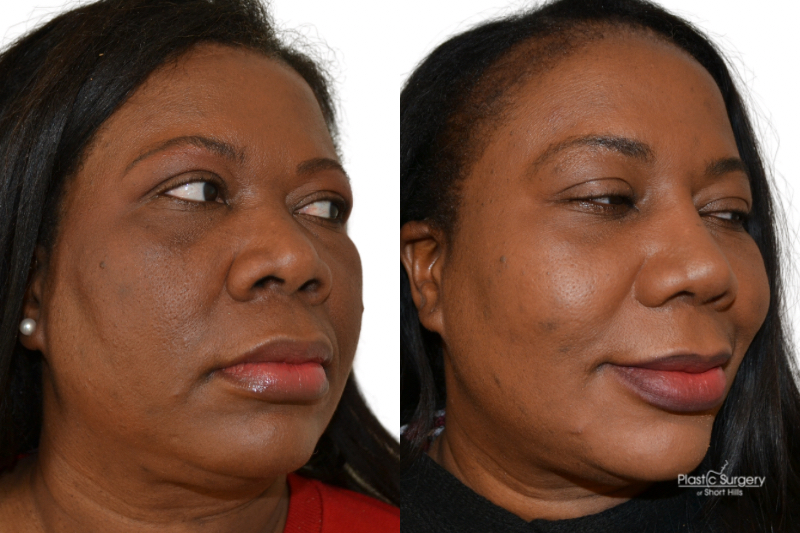
The results of an African American rhinoplasty can be truly transformative, enhancing facial harmony and maintaining the patient’s unique ethnic identity. As swelling subsides and the nose heals, patients will notice improvements in the appearance of their nasal shape and overall facial aesthetics. While full results may not be immediately apparent due to residual swelling, patients can expect a significant improvement in the appearance of their nose within a few weeks after surgery.
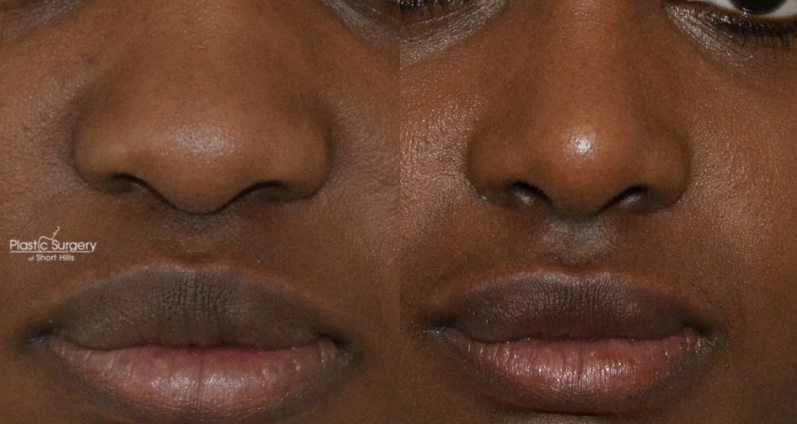
It is important to remember that each patient’s experience and outcomes may vary. Dr. Ovchinsky, as an experienced plastic surgeon specializing in African American Rhinoplasty, strives to provide individualized treatment plans that fulfill each patient’s specific goals. During your personal consultation, he will discuss realistic expectations and anticipated postoperative results based on your specific case
Cost of African American Rhinoplasty in New Jersey
The cost of an African American Rhinoplasty procedure can vary depending on multiple factors. During your consultation, Dr. Ovchinsky will provide an accurate estimate of the procedure’s cost after evaluating your individual needs and desired outcomes.
We invite you to call our practice to schedule a consultation with Dr. Ovchinsky and learn more about how African American Rhinoplasty can help you achieve your desired aesthetic goals.
- Short Hills: (973) 379-0101
- Brooklyn: (718) 646-1234
References
- Dibelius G, Hohman MH. Rhinoplasty Tip-Shaping Surgery. PubMed. Published 2024. Accessed July 16, 2024. https://www.ncbi.nlm.nih.gov/books/NBK567750/#:~:text=Clinical%20Significance
- Momoh A, Hatef D, Griffin A, Brissett A. Rhinoplasty: The African American Patient. Seminars in Plastic Surgery. 2009;23(03):223-231. doi:https://doi.org/10.1055/s-0029-1224802




